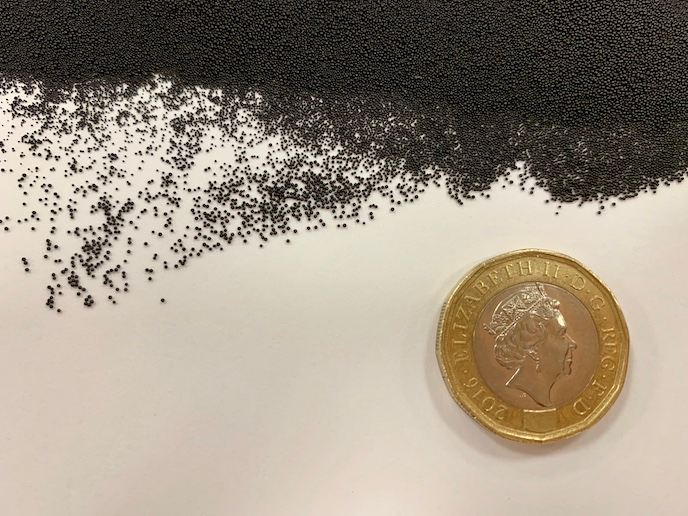Cleaner, more efficient way to degrade the micropollutants in our waters
Antibiotics in our groundwater are making the antimicrobial resistance crisis(opens in new window) worse. Perfluoroalkyl substances(opens in new window), which make up a huge family of thousands of synthetic chemicals widely used throughout society, cause a range of health issues. Some are carcinogenic, others impact on fertility. These are just two examples of the micropollutants(opens in new window) (MPs) that current waste water treatment technologies are unable to remove efficiently. But a new generation of catalytic sheets developed by the EU-supported SMART project may offer a solution. “A sustainable, cost-effective, easy and safe-to-use approach is clearly needed,” explains Salvador Pané i Vidal, of the Institute of Robotics and Intelligent Systems(opens in new window) at the Swiss Federal Institute of Technology(opens in new window) in Zurich. “Take for example the case of Switzerland, where the carcinogenic pesticide chlorothalonil is banned. Metabolites of this pesticide are still polluting the groundwater in more than half of the cantons, by more than 0.1 micrograms per litre.”
Catalytic sheet offers ‘clean’, effective solution
One of Pané i Vidal’s doctoral students, Fajer Mushtaq, came up with a novel catalytic material. This catalytic sheet has a large surface area and, when subjected to light or vibration, transient positive and negative charges are generated over the nanoporous surface of the catalyst. When activated in this way, and put in contact with water, the charges act on the water, splitting the molecules to produce large doses of highly reactive radicals, known as reactive oxygen species (ROS), such as hydroxyl radicals. “These ROS are non-selective, reacting easily with pollutants present in the water. They break them down into harmless by-products such as CO2 and H2O and have a very short lifetime, a matter of micro to nanoseconds,” Pané i Vidal adds.
A portable water treatment reactor
The project used its European Research Council(opens in new window) funding to optimise their catalyst not only at the nanoscale, to tune the porosity and material properties, but also at the macroscale to optimise the size and shape. The goal is to get it ready for use in commercial reactors for waste water treatment. SMART’s portable reactor can treat 1 000 litres of water a day and is targeted at treating industrial and hospital effluent, where the waste water treatment can be decentralised. “Our reactors can use light sources or mechanical vibrations from, for example, the flow or the bubbling of the water. In contrast, current technologies used to remove micropollutants from waste water, such as ozonation or powdered activated carbon (PAC), require energy-intensive production of ozone and a constant renewal of the expensive PAC, which needs to be incinerated after treatment.” Based on the impressive water treatment results obtained using SMART’s catalyst, the project founded www.oxyle.com (Oxyle) in 2020. “I’m very proud of all our team’s work, and to see the launch of our cleantech company that specialises in providing advanced water treatment for industrial and municipal customers in a cost-effective, sustainable and decentralised manner,” says Pané i Vidal. In 2021 Oxyle raised over EUR 3.1 m in funding by winning various highly competitive grants and competitions. “This funding will help us to conduct more on-site paid pilots in 2022, obtain product certifications, and get our reactors to market-entry status by 2023.”







